Home>Furniture & Design>Living Room Furniture>How To Sit In A Recliner With Sciatica
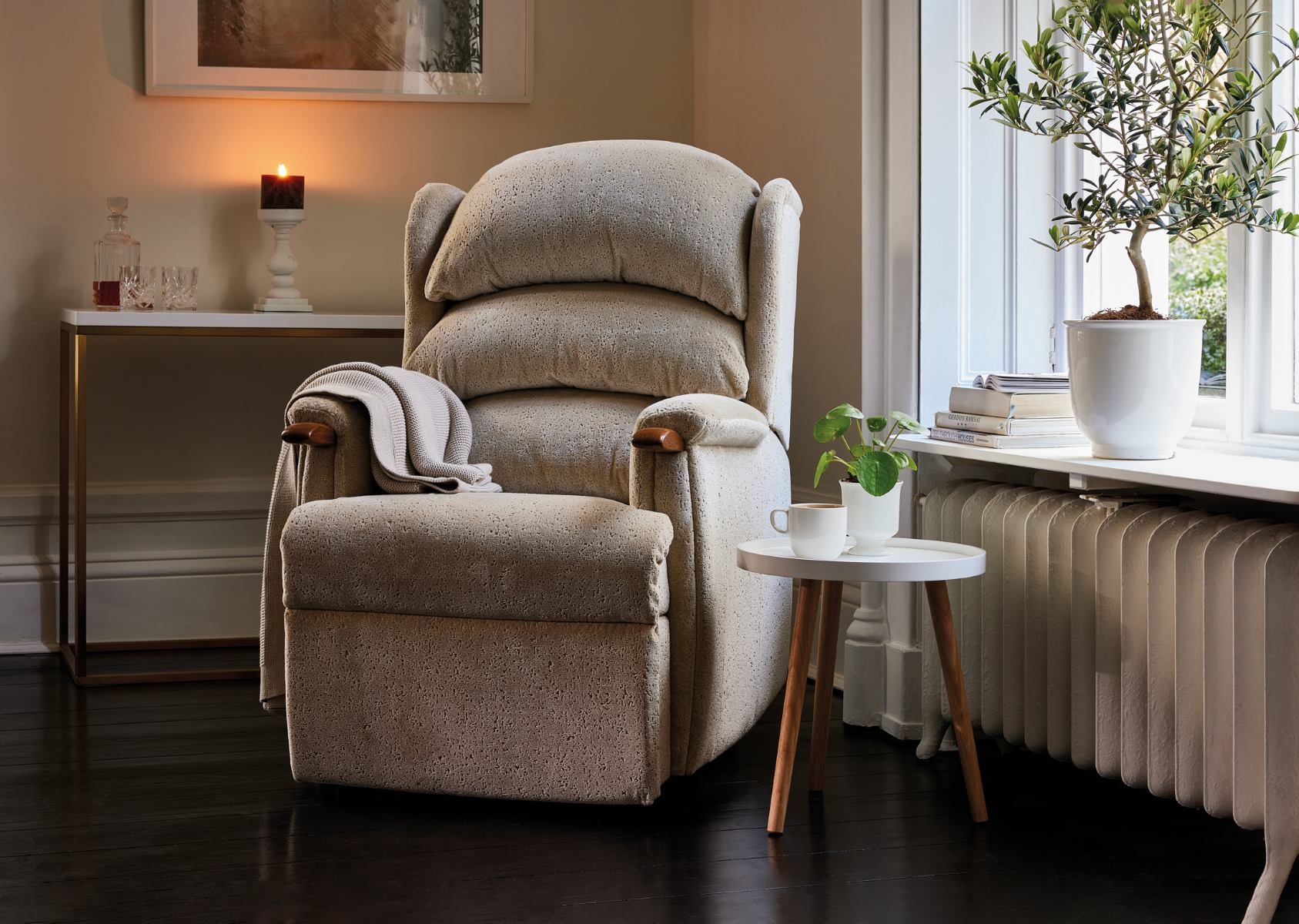

Living Room Furniture
How To Sit In A Recliner With Sciatica
Modified: February 18, 2024
Learn the best way to sit in a recliner with sciatica to alleviate discomfort. Find the right living room furniture and design for your needs.
(Many of the links in this article redirect to a specific reviewed product. Your purchase of these products through affiliate links helps to generate commission for Storables.com, at no extra cost. Learn more)
Introduction
Welcome to the ultimate guide on how to sit in a recliner with sciatica. Dealing with sciatica can be a real pain, quite literally. The shooting pain, tingling sensation, and numbness that characterize this condition can make finding a comfortable sitting position seem like an impossible feat. However, fear not, as we are here to shed light on how a recliner can become your best friend in managing sciatica discomfort.
In this comprehensive guide, we will delve into the nuances of sciatica, explore the features to look for when selecting the right recliner, and provide practical tips on achieving a proper sitting position. Additionally, we will discuss the strategic use of pillows and cushions to enhance comfort and offer guidance on getting up from a recliner without exacerbating sciatic pain.
Whether you are a sciatica sufferer seeking relief or someone looking to support a loved one coping with this condition, this guide is designed to equip you with the knowledge and tools to make recliner sitting a soothing experience. So, kick back, relax, and let’s embark on this journey to discover the art of sitting in a recliner with sciatica.
Key Takeaways:
- Find a recliner with ergonomic design, adjustable positions, and quality padding to ease sciatic discomfort and promote spinal alignment.
- Use pillows and cushions strategically to enhance comfort and support while sitting in a recliner, addressing specific areas of discomfort and promoting relaxation.
Understanding Sciatica
Before delving into the specifics of sitting in a recliner with sciatica, it’s crucial to grasp the nature of this condition. Sciatica refers to the pain that radiates along the path of the sciatic nerve, which branches from your lower back through your hips and buttocks and down each leg. This discomfort typically affects only one side of your body and can range from a mild ache to excruciating pain.
Sciatica is often caused by a herniated disk, bone spur on the spine, or narrowing of the spine (spinal stenosis), all of which can compress the nerve roots. Additionally, lifestyle factors such as prolonged sitting, obesity, and lack of regular exercise can contribute to the development or exacerbation of sciatica.
Common symptoms of sciatica include:
- Sharp, shooting pain that makes standing or sitting difficult
- Numbness, tingling, or muscle weakness in the affected leg or foot
- Constant pain on one side of the rear
- A sharp pain that may make it difficult to stand up or walk
Understanding the symptoms and root causes of sciatica is essential in effectively managing the condition. It also highlights the significance of optimizing your sitting posture, which can significantly alleviate the discomfort associated with sciatica. With this understanding in mind, let’s explore how the right recliner and proper sitting techniques can make a world of difference for individuals dealing with sciatic pain.
Choosing the Right Recliner
When it comes to finding relief from sciatica, selecting the right recliner can be a game-changer. Here are some key features to consider when choosing a recliner to accommodate sciatic discomfort:
Ergonomic Design:
Look for a recliner with ergonomic features that provide adequate lumbar support and promote proper spinal alignment. This can help alleviate pressure on the sciatic nerve and reduce the risk of exacerbating discomfort.
Adjustable Positions:
Opt for a recliner that offers multiple adjustable positions, allowing you to find the most comfortable angle for your back and legs. Being able to customize the reclining angle can help alleviate pressure on the sciatic nerve and provide relief from pain.
Quality Padding:
Choose a recliner with ample cushioning and supportive padding to ensure optimal comfort. This can help distribute your weight evenly and reduce pressure on the lower back and hips, minimizing sciatic nerve irritation.
Sturdy Construction:
Ensure that the recliner is built with durable materials and a sturdy frame to provide long-term support and stability. A well-constructed recliner can offer the necessary structural integrity to accommodate individuals with sciatica.
Size and Proportions:
Consider the size and proportions of the recliner to ensure that it suits your body type and provides adequate support for your back, hips, and legs. The right fit can contribute to a more comfortable and supportive sitting experience, easing sciatic discomfort.
By prioritizing these features, you can narrow down your options and find a recliner that is tailored to address the specific needs of individuals dealing with sciatica. Once you have selected the ideal recliner, it’s time to explore the proper sitting position to maximize its benefits in managing sciatic pain.
Proper Sitting Position
Mastering the art of sitting in a recliner with sciatica involves adopting a proper sitting position that minimizes pressure on the sciatic nerve and promotes spinal alignment. Follow these guidelines to optimize your sitting posture:
Read more: How To Relieve Sciatica Pain In Bed
Back Support:
Ensure that your lower back is fully supported by the recliner’s lumbar area. This support helps maintain the natural curve of your lower spine, reducing strain and pressure on the sciatic nerve.
Recline Angle:
Adjust the recliner to a comfortable angle that allows your back and hips to relax. Experiment with different reclining positions to find the optimal angle that alleviates sciatic discomfort while providing adequate support.
Footrest Position:
Elevate your legs using the recliner’s footrest to promote healthy circulation and relieve pressure on the lower back. This can help reduce strain on the sciatic nerve and minimize discomfort in the legs and hips.
Distribution of Weight:
Ensure that your body weight is evenly distributed across the recliner to prevent placing excessive pressure on specific areas, such as the lower back and hips. This balanced distribution can alleviate sciatic pain and enhance overall comfort.
Read more: How To Sit In A Hammock
Relaxed Posture:
Maintain a relaxed and natural posture while sitting in the recliner. Avoid slouching or tensing your muscles, as this can exacerbate sciatic discomfort. Instead, focus on maintaining a comfortable and neutral position that supports your spine and reduces nerve pressure.
By adhering to these principles, you can cultivate a sitting position that promotes comfort and minimizes the impact of sciatica. Additionally, the strategic use of pillows and cushions can further enhance your sitting experience and provide targeted support to alleviate sciatic pain.
Using Pillows and Cushions
Enhancing the comfort and support provided by your recliner can be achieved through the strategic use of pillows and cushions. These accessories can be instrumental in relieving pressure points, promoting proper spinal alignment, and reducing sciatic discomfort. Here are some effective ways to utilize pillows and cushions while sitting in a recliner with sciatica:
Lumbar Support:
Place a firm pillow or specialized lumbar cushion in the lower back area of the recliner to bolster lumbar support. This can help maintain the natural curve of the lower spine, alleviating strain on the sciatic nerve and enhancing overall comfort.
Leg Elevation:
Use a cushion or footrest to elevate your legs slightly above hip level while sitting in the recliner. This position can promote healthy blood circulation, reduce pressure on the lower back, and alleviate sciatic discomfort in the legs and hips.
Read more: How To Sit On A Bidet
Seat Cushioning:
Add a supportive cushion to the seat of the recliner to enhance overall comfort and reduce pressure on the hips and thighs. Quality cushioning can help distribute your body weight evenly, minimizing strain on the sciatic nerve and supporting a more relaxed sitting posture.
Neck and Head Support:
Utilize a neck pillow or cushion to provide adequate support for your neck and head while reclining. This can help maintain proper alignment of the cervical spine and contribute to a more comfortable and ergonomic sitting position.
Customized Comfort:
Experiment with different pillow and cushion configurations to find the most comfortable and supportive setup for your unique needs. Personalize the arrangement to address specific areas of discomfort and optimize your sitting experience.
By integrating pillows and cushions into your recliner sitting routine, you can tailor the support and comfort to alleviate sciatic pain and enhance relaxation. In addition to optimizing your sitting position, it’s essential to be mindful of the process of getting up from the recliner to minimize the risk of aggravating sciatica symptoms.
Getting Up from the Recliner
Exiting a recliner gracefully and without exacerbating sciatic discomfort requires a mindful approach. Follow these steps to minimize strain on your lower back and legs when getting up from the recliner:
Read more: What Type Of Mattress Is Best For Sciatica
Shift Your Position:
Before attempting to stand up, slowly transition from a reclined position to an upright seated posture. This gradual movement allows your body to adjust and minimizes sudden strain on the lower back and hips.
Engage Your Core Muscles:
Prior to standing, engage your abdominal muscles to provide stability and support for your lower back. This can help reduce the pressure on the sciatic nerve and facilitate a smoother transition to a standing position.
Use Armrests for Support:
Utilize the armrests of the recliner to assist in pushing yourself up from the seat. This distributes the effort across your upper body and reduces the strain on your lower back and legs as you rise.
Avoid Twisting Movements:
When standing up, refrain from twisting your body excessively. Instead, pivot your entire body in the direction you intend to move to minimize strain on the spine and lower back, which can aggravate sciatic discomfort.
Read more: How To Sit In An Office Chair
Stand Up Slowly:
Rise gradually and steadily, allowing your body to adjust to the change in position. Avoid sudden movements or jerking motions, as these can strain the lower back and exacerbate sciatic symptoms.
Supportive Footwear:
Wear supportive footwear with adequate cushioning and stability to provide additional support for your feet and lower body as you stand and move away from the recliner.
By following these guidelines, you can navigate the process of getting up from a recliner with greater ease and reduced risk of aggravating sciatic discomfort. Incorporating these strategies into your daily routine can contribute to a more comfortable and supportive experience with your recliner, promoting relief from sciatica symptoms.
Conclusion
Congratulations on completing this comprehensive guide on how to sit in a recliner with sciatica. By gaining a deeper understanding of sciatica, exploring the essential features of a supportive recliner, mastering the art of proper sitting posture, and learning techniques to enhance comfort and safety, you are now equipped with valuable knowledge to navigate the challenges posed by sciatic discomfort.
Remember, finding relief from sciatica is a journey that requires patience, experimentation, and a proactive approach to optimizing your sitting experience. Whether you are seeking personal comfort or supporting a loved one dealing with sciatica, the insights and strategies shared in this guide can serve as valuable tools in managing the impact of this condition on daily life.
As you embark on this journey, consider the following key takeaways:
- Understanding the symptoms and root causes of sciatica is crucial in effectively managing the condition and optimizing your sitting experience.
- Choosing a recliner with ergonomic design, adjustable positions, quality padding, sturdy construction, and suitable proportions can significantly enhance comfort and support for individuals dealing with sciatica.
- Mastering the art of proper sitting posture, including optimizing back support, recline angle, footrest position, weight distribution, and maintaining a relaxed posture, can alleviate pressure on the sciatic nerve and promote spinal alignment.
- Utilizing pillows and cushions strategically can further enhance comfort and support while sitting in a recliner, addressing specific areas of discomfort and promoting relaxation.
- Navigating the process of getting up from the recliner with mindfulness and supportive measures can minimize strain on the lower back and legs, reducing the risk of exacerbating sciatic symptoms.
Armed with this knowledge, you are well-prepared to make informed decisions when selecting a recliner, optimizing your sitting posture, and integrating supportive strategies into your daily routine. By embracing these insights, you can transform your recliner into a sanctuary of relief and comfort, allowing you to better manage and alleviate the impact of sciatica on your daily life.
May your journey to finding comfort and relief be filled with moments of tranquility and respite as you discover the art of sitting in a recliner with sciatica.
Frequently Asked Questions about How To Sit In A Recliner With Sciatica
Was this page helpful?
At Storables.com, we guarantee accurate and reliable information. Our content, validated by Expert Board Contributors, is crafted following stringent Editorial Policies. We're committed to providing you with well-researched, expert-backed insights for all your informational needs.




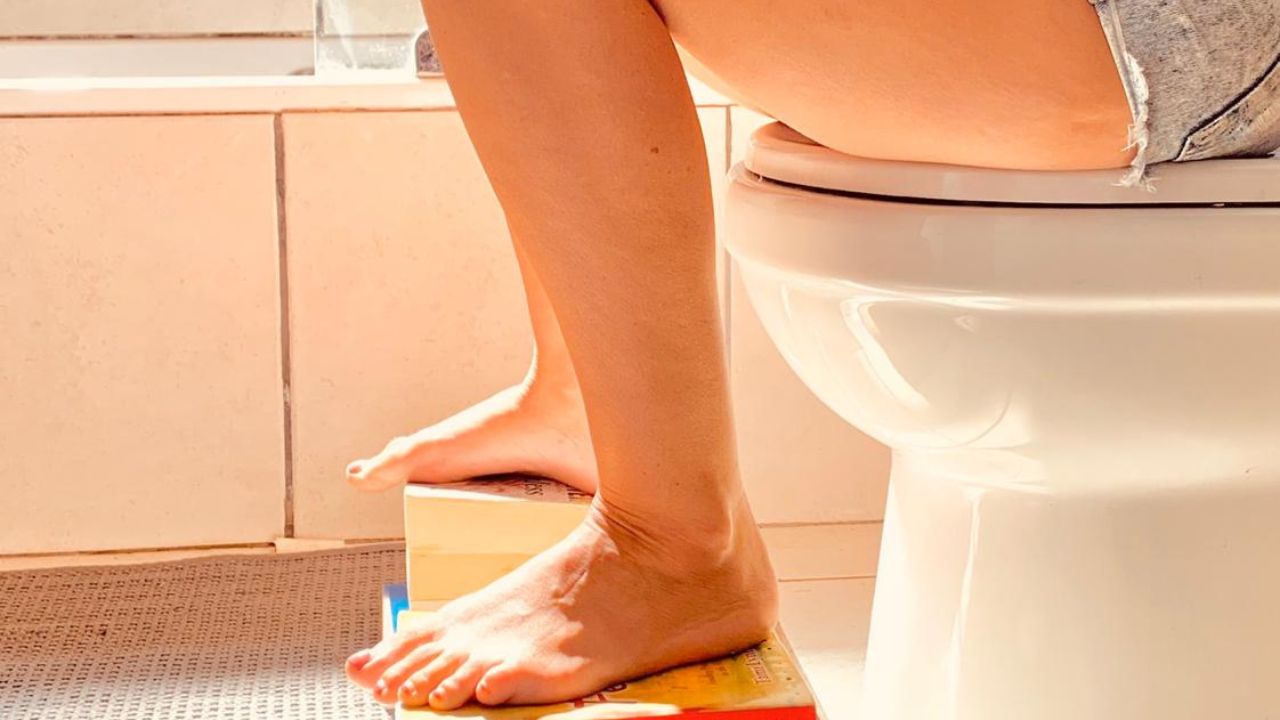
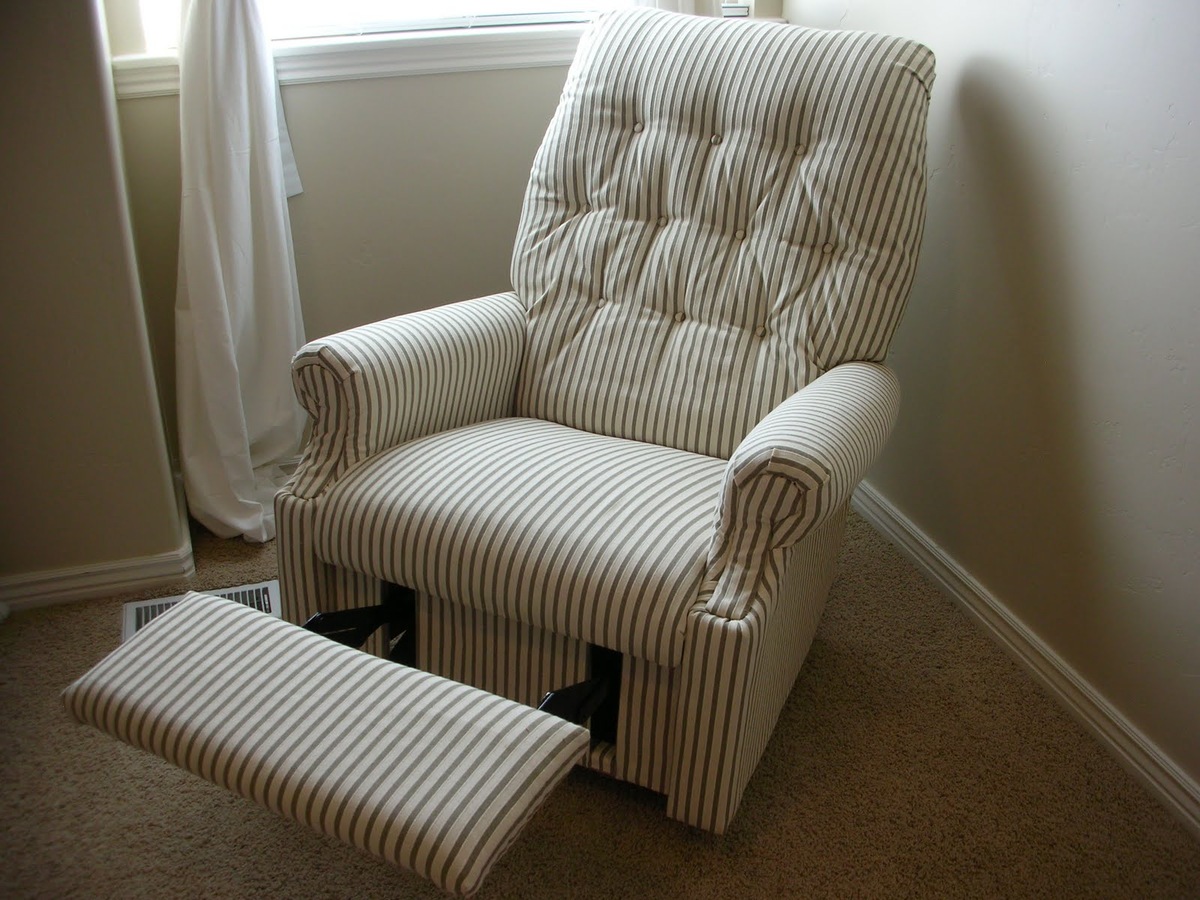
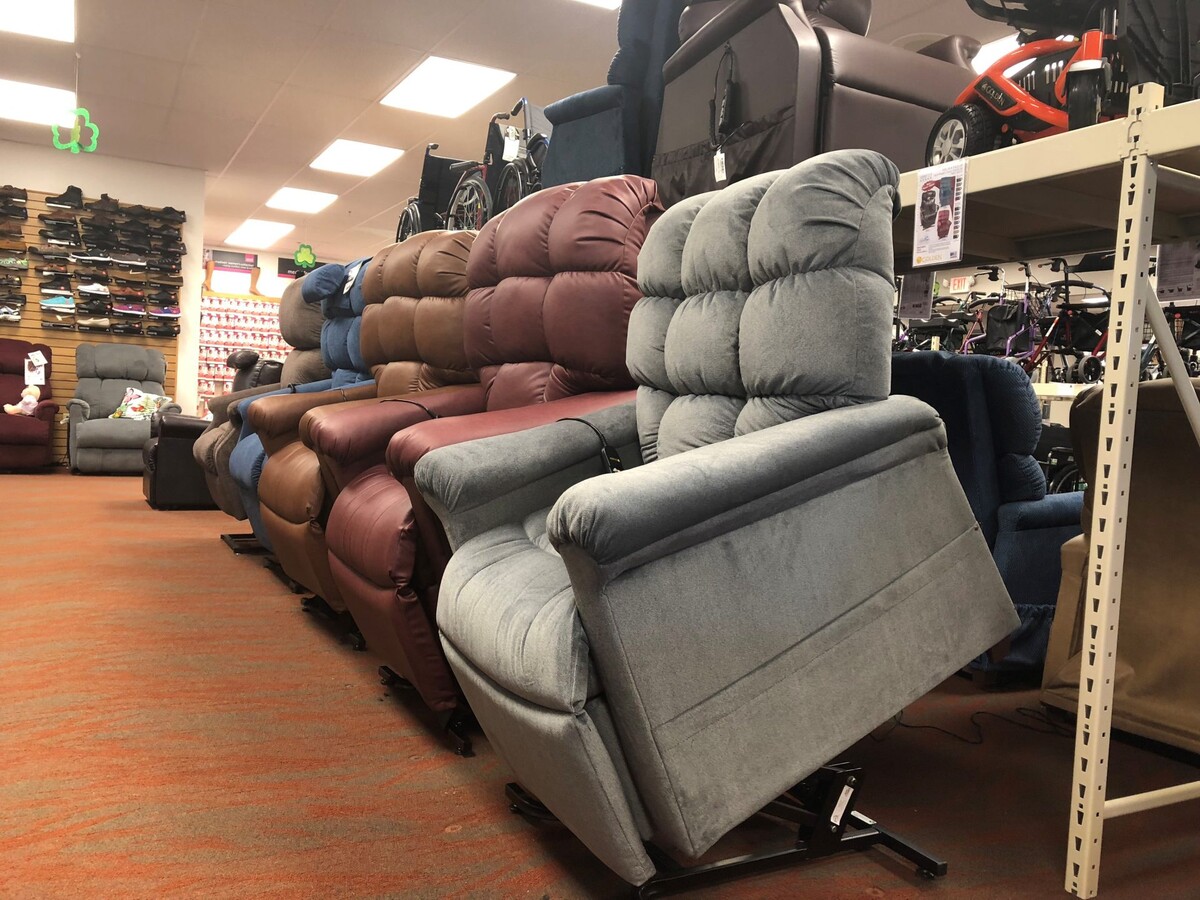
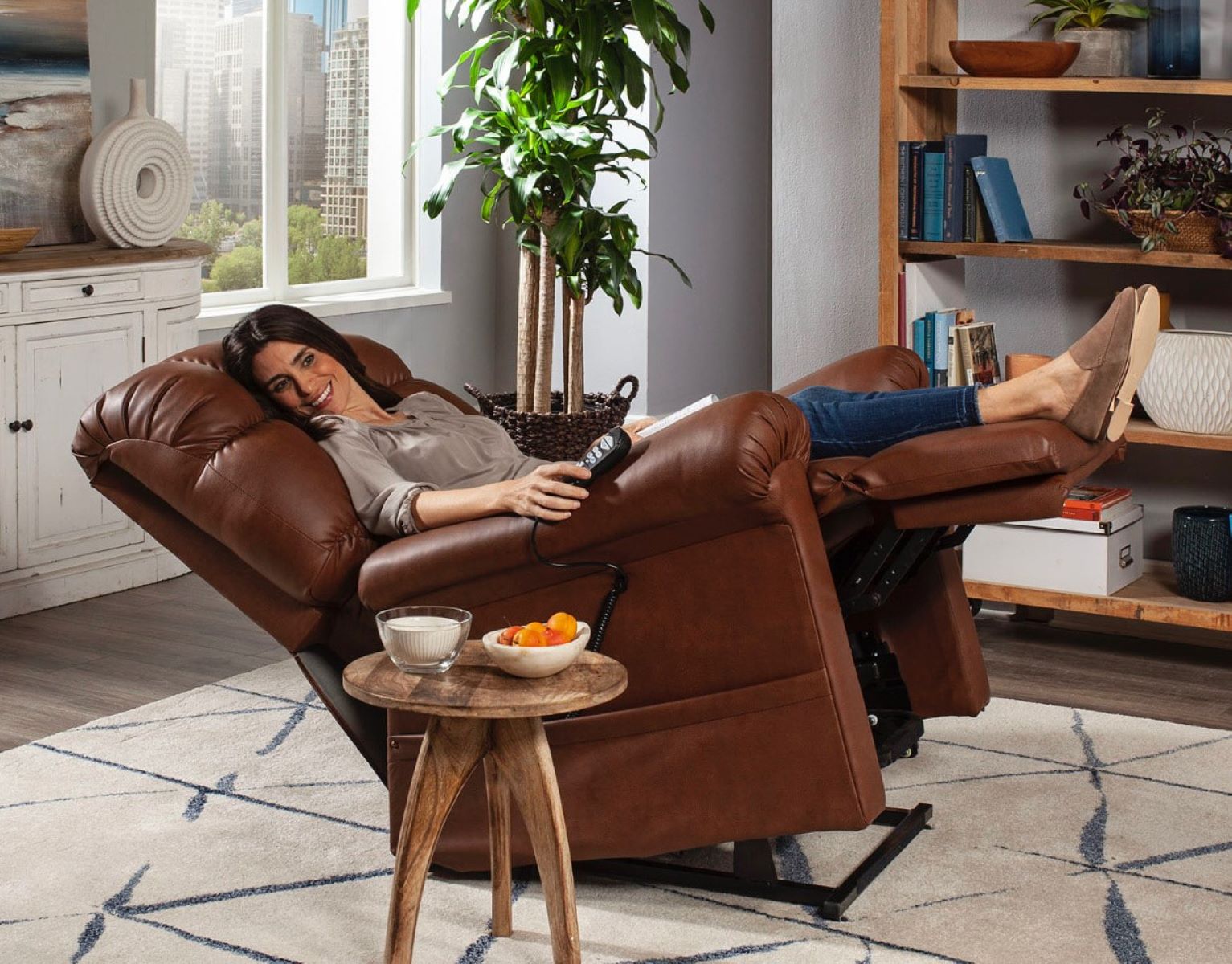


0 thoughts on “How To Sit In A Recliner With Sciatica”